Don’t spend your time during a storm side-eyeing the towering elm beside your driveway, worried it might fall.
These five arborist-approved trees stand sturdy through the strongest winds and drenching rains — and give your curb appeal extra oomph.
Tulip Tree
George Washington loved these towering trees (pictured above) and their (surprise!) tulip-shaped petals: The babies he planted at Mount Vernon are now 140 feet tall.
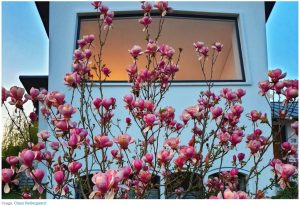 Although skinny, tulip trees are surprisingly strong, with a narrow profile and strong wood structure that resists powerful winds.
Although skinny, tulip trees are surprisingly strong, with a narrow profile and strong wood structure that resists powerful winds.
Thin leaves with slender petioles — the stalks joining leaf and stem — provide an added bad-weather bonus: Wind slides right on by, says Tchukki Andersen, staff arborist at the Tree Care Industry Association. “They just flutter.”
But keep your tulip trees svelte. “The bigger it gets, the more likely it could fail in a higher wind,” says Andersen.
Bald Cypress
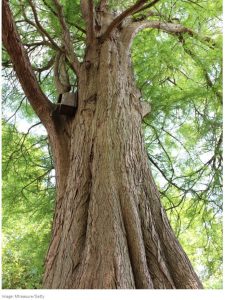
This stately conifer was born to survive serious flooding: it thrives in the Louisiana bayous (it’s also the state tree).”They have an amazing tapered trunk that’s exceptionally thick at the base,” and an extensive root system to match, says Woody Nelson, vice president of marketing and communications at the Arbor Day Foundation. “They’re super tolerant.”
But you don’t need waterlogged land to please a bald cypress. Hardy through zone 4, these trees will happily serve as your backyard centerpiece even when it’s dry.
Eastern Redbud
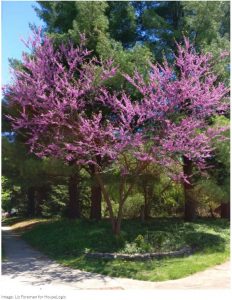
Beastly trees are best at surviving storms, but a yard filled only with tall trees is a dull yard indeed. Give your property a rosy hue with this small, decorative tree, whose pink buds attract butterflies and songbirds. (Coincidentally, another George Washington fave.) This small, sturdy option can fit into any yard, no matter how tiny. “We have members who will ask for 10 at a time,” says Nelson. “There’s always room.”
No tiny tree can withstand hurricane-force winds all by its lonesome, but the Eastern redbud is the best of the little guys. With a few taller trees to absorb the worst of the wind, your redbud will stand sturdy all storm season, says Andersen.
River Birch
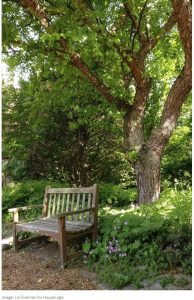
Like the bald cypress, the river birch loves water — but it will survive just fine if your yard is clay, loamy, well-drained, soaking wet or anything in between. Unlike other birches, this variety resists pesky borers, keeping trunk and branches sturdy.
But the river birch isn’t simply flood-tolerant. Strong winds won’t topple this 70-foot beast. “It has a real dainty limb structure that bends, not breaks,” says Nelson. Just keep the limbs trimmed; otherwise, its gargantuan size may become a drawback.
Oak Trees
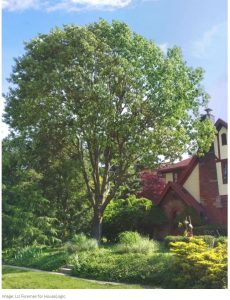
“A slower-growing tree is a stronger tree,” says Andersen. “When wind blows on a small tree and the tree bends, it creates additional structures on the inside of the tree.”
No matter your style or yard needs, you’ll find an oak that suits. Live oaks feature curvaceous exposed branches, and the overcup oak is a gorgeous puff of green. As a rule, oaks tend to be slow-growing — a huge boon to storm-prone homeowners.
The result? Strong, supportive branches able to withstand serious storms. And with most oak trees topping out at around 60 feet, “the tree itself is not a giant sail,” Andersen says. To ensure sturdy oaks, buy small, not large. “If you’re transplanting a larger tree where the majority of the roots have been severed, it’s more susceptible to failure,” she says.
“Visit HouseLogic.com for more articles like this. Reprinted from HouseLogic.com with permission of the NATIONAL ASSOCIATION OF REALTORS®.”
